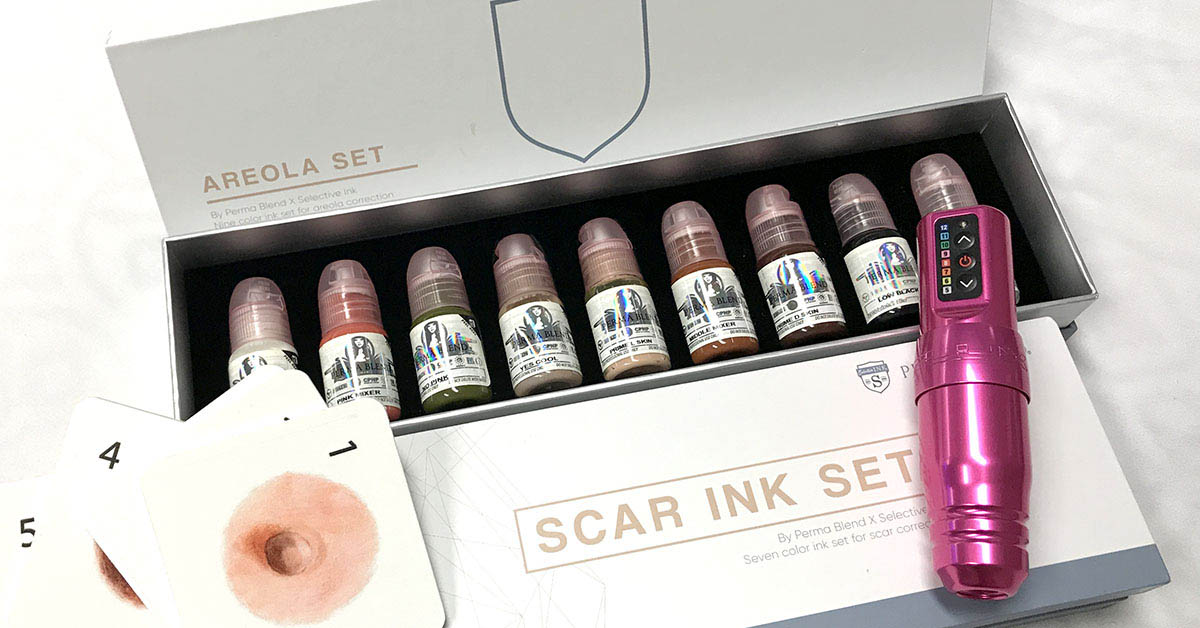
Caitlin Romenesko, medical aesthetician at Plastic Surgery & Skin Specialists by BayCare Clinic recently completed an intensive training program for areola and scar coverup tattooing at the Sauler Institute of Tattooing in Pennsylvania.
The Sauler Institute offers the latest and most advanced permanent cosmetics, medical tattooing, and training courses for professionals.
Romenesko has several years of experience doing cosmetic tattooing; specifically, microblading which is a gentle type of tattooing to thicken and define a person’s eyebrows. She is now specially trained to provide scar camouflage tattoos for any patient and 3D nipple areola tattooing specifically for breast reconstruction patients in the community.
For her, the technique is primarily about color matching. Finding the right blend of skin tones that will work for each patient.
“Sometimes this type of tattooing is purely cosmetic, but other times it can help with a trauma people are dealing with and give them back the confidence they are looking for,” she says.
According to Romenesko, not all scars can be camouflaged right away. The process works better on white scars, but even those may require multiple treatments depending on a variety of factors, she says.
The 3D nipple and areola tattoo can help breast reconstruction patients, particularly those who’ve undergone treatment for breast cancer, come full circle in their reconstruction journey.
“It means a lot to (these patients),” says Romenesko.
Patients often go from not having anything and being forced to draw nipples and areolas on themselves or utilize temporary tattoos for their desired outcome.
After this type of tattoo, they don’t have to worry about it anymore.
“They finally feel whole again,” she adds. “I’m excited to help patients experience that feeling.”
Scar camouflage and 3D nipple and areola tattooing is another addition to the comprehensive list of services Plastic Surgery & Skin Specialists by BayCare Clinic. Consultations for aesthetic services, including cosmetic tattooing, are complimentary.
“The most important thing is for people to schedule a consultation and come in,” says Romenesko. “There’s a lot we can do, but like most aesthetic procedures, we won’t know exactly until we see you in person.”
